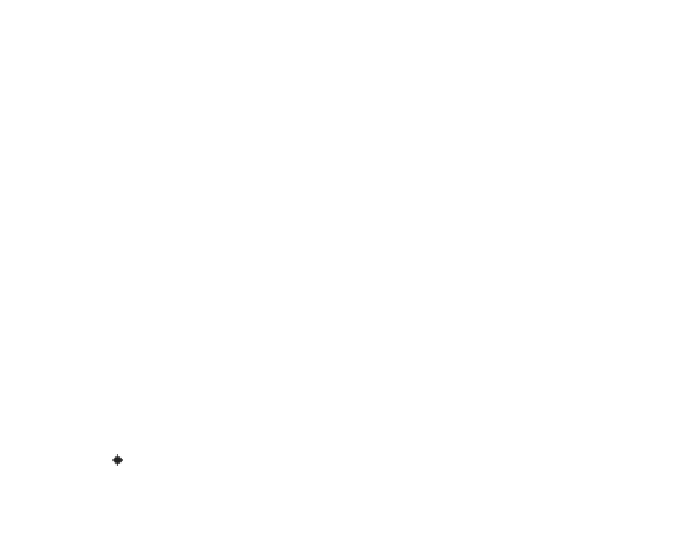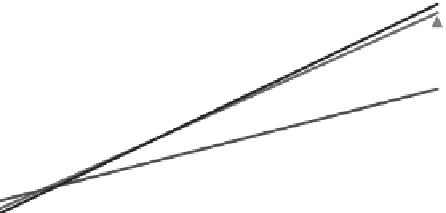Biomedical Engineering Reference
In-Depth Information
Figure 12.6
Experimental results while plotting the learning curve from
E
suture
.
For this experiment, we have asked eighteen unskilled subjects to perform the
task (six for each group). All the subjects didn't have any previous experience in
proposed evaluation function. In particular, the linear regression was performed
to the collected data to observe their tendency. The coefficient of correlation for
the groups with
No Feedback
and with S
uture Training System's feedback
was near
to 1 (0.71 and 0.80 respectively). However, the correlation coefficient obtained in
thecaseofthe
Medical Doctor's Feedback
was lower (0.6266). In fact; as we may
observe, the tendency of the performance between groups with
Suture Training
System's Feedback
and
Medical Doctor's Feedback
is nearly similar. This may suggest
a difference on the skills among the groups.
12.4 REPRODUCTION OF TASK CONDITIONS AS AN APPROACH
TO PROVIDE MULTIMODAL FEEDBACK
The evolution of advanced computerized techniques technology, computer as-
sisted surgery is revolutionizing the way doctors plan, perform, and follow-up of
invasive surgical procedures. In contrast, the introduction of RT has been enabling
doctors to perform with higher accuracy minimally invasive surgery that could
not be conceived by means of conventional techniques. Up to know researchers
and engineers have been particularly focused on developing novel surgical tools
and training models. There is in fact, a significant amount of medical and surgical
training is currently performed using actual patients, which can be costly to both
patients and hospitals. For that purpose, engineers have been introducing novel
























































































































